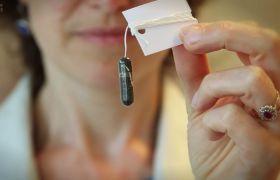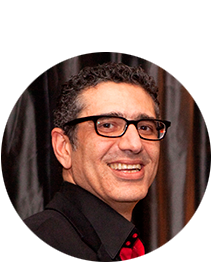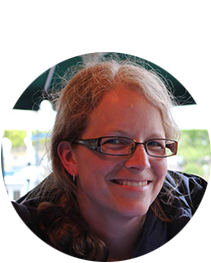Diagnosing oesophageal cancer with a sponge
In practice, oesophageal cancer is diagnosed by taking a biopsy, but according to scientists of the University of Cambridge this method does not detect all aberrant cell populations. In Nature Genetics they describe their new method with a sponge that scrapes cells of the whole oesophageal wall.
The cytosponge looks like a pill attached to a thread that has to be swallowed. However, once it reaches the stomach it dissolves and the sponge inside unfolds. After five minutes, the sponge can be carefully pulled out while it collects cells along the whole span of the oesophagus. This method yields about half a million cells for further analysis.
Professor Rebecca Fitzgerald, group leader in the MRC Cancer Unit, Cambridge says: “The main problem with this disease is late diagnosis. Patients just don’t go see their GP until they have got symptoms. Unfortunately, a lot of patients are incurable at presentation, so the overall survival rate for this disease is about thirteen percent at five years.”
With the new method, GPs can easily take samples to monitor patients at higher risk for oesophageal cancer, such as people with reflux and Barrett’s oesophagus. These samples can get analysed in a lab for characteristic mutation patterns, which have also been established by the researchers in Cambridge.
Already two thousand people have swallowed the pill, but even larger studies will ensue to validate the cytosponge. Fitzgerald says: “We are very excited because we have developed a test that works: it is very sensitive and specific and patients are willing to swallow this device. They find it more acceptable than endoscopy.”
Here you can watch a video about the cytosponge of the University of Cambridge.
Sources: Cambridge University, Eurekalert, Nature Genetics
MedZine writes about notable science twice a week.







